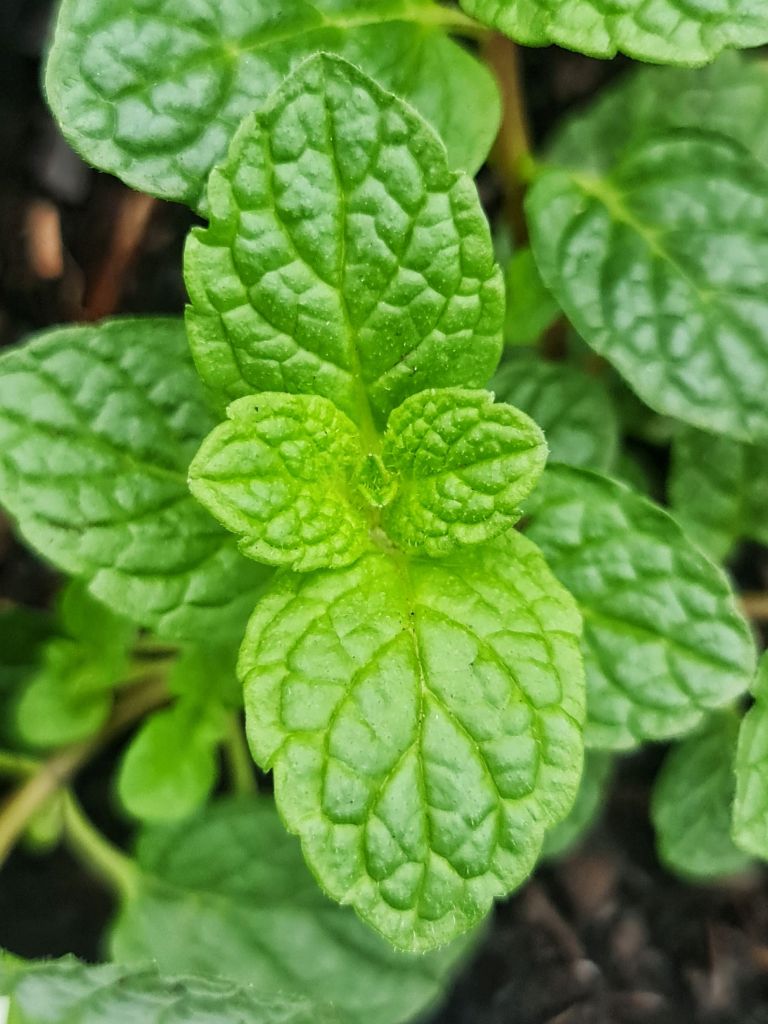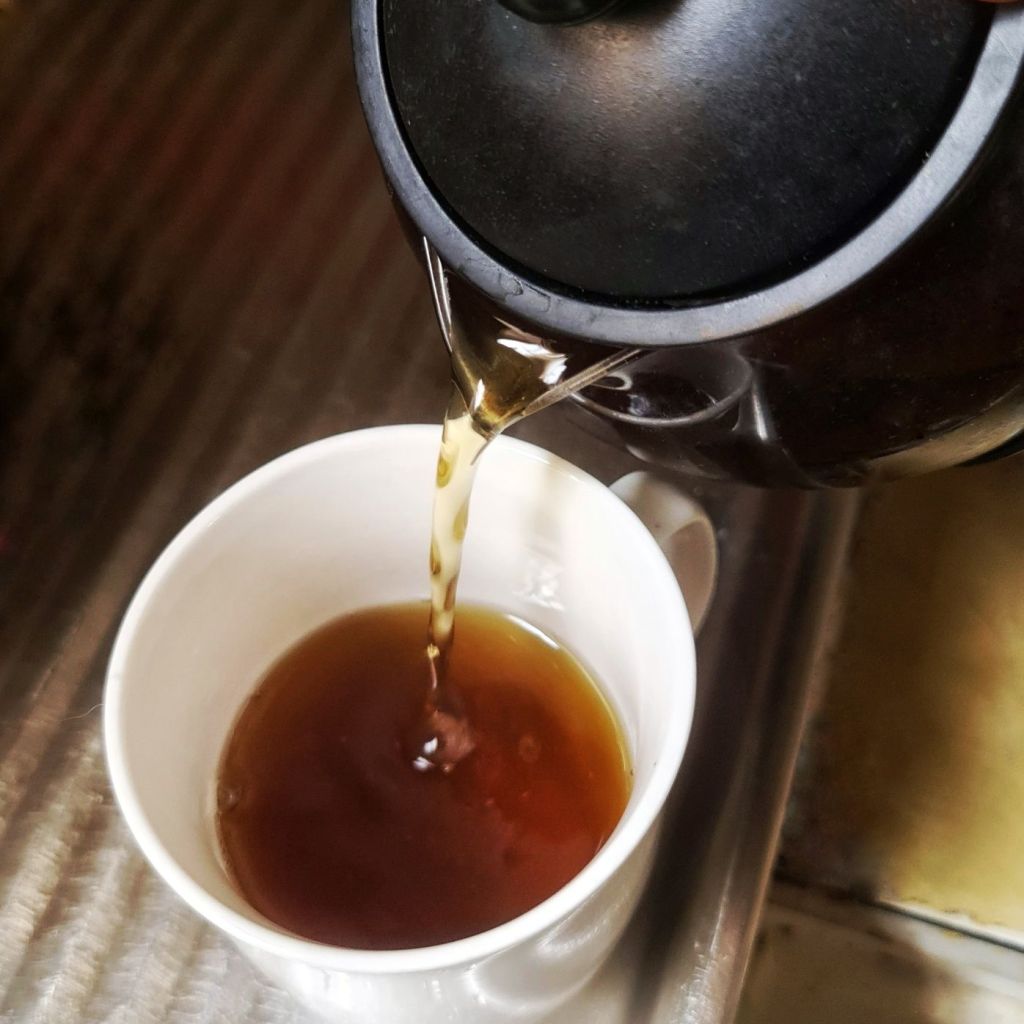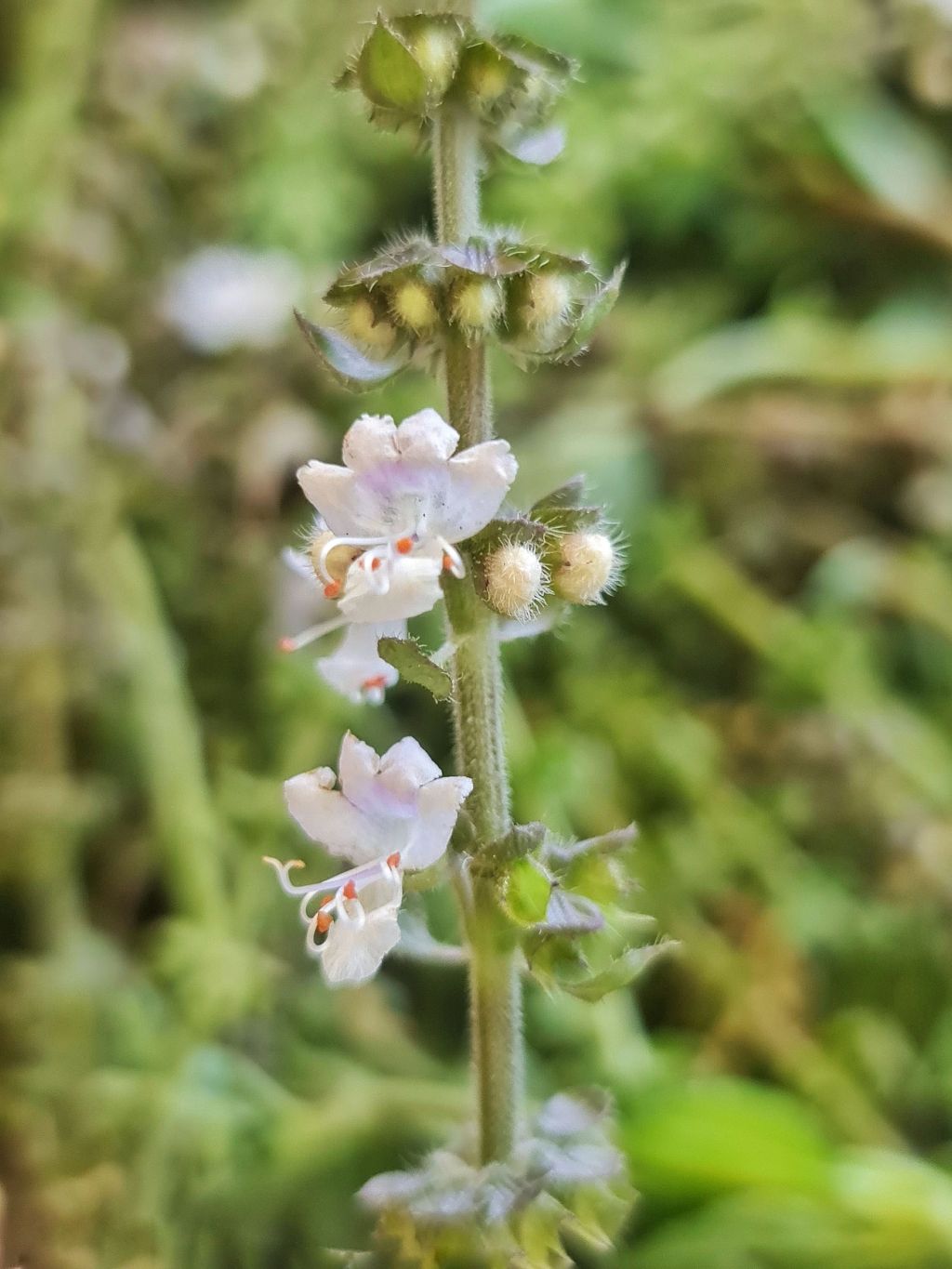I’ve been working double time to get a lot more info into the garden herb pages so that I can present a better picture of the herbs and their relationship to our health. There’s a lot of new stuff so I will break it down in this post and link to it from the Garden herbs page. Later I’ll move on to the Wild herbs pages too.
Until I started the updates a couple of months ago, I didn’t realise that I had so many plants on this website!
The pages are broken up into a general, quick look up section, a description of the herb, medicinal uses and finally, the best ways I’ve found to prepare and use the herb. The herb pages are as much a diary of my learning as they are a reference and resource for readers. As I go along, I try to build up a picture in my mind of the herb and how it works, from both the chemical and energetic standpoints. These are a result of that research.
I refer here and there in the text to statements and recommendations about the herb in question and its uses by certain authors but have’t bogged the text down in references in order to make it easier to read and to not scare away folks who get intimidated by academic looking texts. All of the books and sites that I use are listed on the references and bibliography pages. Of course, there may be one or two tidbits here and there that I’ve picked up casually around the place that I can’t reference but the bulk of it is on those two pages.

Quick look up
This section gives a whole range of information about the herb from its names in various cultures (where appropriate) to its energetics and chemical constituents. This section is frequently tweaked as some bit of information surfaces in my studies.
Common names: Some of the common and folk names for the herb. I only include those that I’ve actually heard or come across in texts. If I can, I include the Pin Yin (traditional Chinese Medicine English pronunciation), Ayurvedic name and Filipino name(s)
Taxonomic name: This is the ‘scientific name’ that allows the herb to be identified clearly and specifically. They are always written in italics. e.g. Taraxacum officinale (Dandelion). The first part of the name is the ‘genus‘ – think of that as your family name – you have several members of a family who all share the same family name, just as there can be several plants in a genus. The second part is the ‘species‘ or specific name. Just as in your family, plants can have several members in the same genus but there is only one specific case of you. Think of this as being equivalent to your first name.
The taxonomic name usually contains Latin or Ancient Greek because these are considered dead languages and not open for any changes. This format is also used to prevent confusion were a plant may have several common names which may also be the common names for other plants. Using this format also allows people who don’t speak the same language to know that they are discussing the same plant.
Family: In the grouping of plants, the level above genus is the Family. This is a much broader grouping of plants that share similar characteristics, traditionally defined by the shape and structure of their flower but now being redefined by genetics. A great example is the huge Lamiaceae (Family always has the weird -aceae ending and for some reason, unlike genus and species, are not written in italics). The Family Lamiaceae, is the Mint Family and is defined by lipped or lobed flowers. In this there are many genera (the multiple of genus) of herbs such as Salvia, Mentha, Origanum and others. If you check out their flowers, you’ll see that they’re all pretty similar.
Related herbs: A quick and non comprehensive list of herbs in the same Family or genus. This is so that you can start grouping herbs not only by their physical features but by their effects on our body. Most of the medicinal herbs in Lamiaceae, for example contain volatile oils.
Area of origin: This is a pretty vague listing of where the herbs are thought to have originated. Similar to the ‘related herbs’ entry above, this helps to give a picture of how to medicinally classify many of the herbs. For example, many Mediterranean herbs have made their way into our repertory, can be grown in a similar way and have a similar method of action.
Parts used: The part of the plant that are most potent.
Can be used for: This is a broad example of things folks have medicinally used the herb for in the past. There are often hundreds of things that can be listed in this section but I include a few main ones to give you a picture of how to use the herb.
Organ/System affinities: Some herbs work best on a particular system, organ or tissue, this is called their ‘affinity. This is sometimes the most confusing section to work out when reading herbals. Some authors talk about physiological organs and systems, others (such as in TCM and Western Energetic based herbalism) talk about functional and energetic systems that may include the physical organ they are named after. For example, in physiology based herbalism, ‘liver’ refers to the organ itself, whereas in energetics, ‘Liver’ refers to the system. In TCM, ‘Liver refers to the functional system and also the meridians.
As the best herbalism is a combination of both systems of reference, I stick to the convention where the name of the organ with a small first letter refers to only the physical organ. The name with a capital first letter refers to the functional and energetic organ/system.
Healing Actions: These are what the herb does medicinally, e.g. it is a diaphoretic. I don’t list to may ‘anti- this or that’ in this section (e.g. anti-inflammatory) because except for some cases (e.g. antibacterial), these are more of an effect, not the action that causes it. Sometimes, when I am not completely sure of how a herb does its thing, I’ll just list the effect until I know for sure how the herb makes it happen, at which time, I’ll drop back and update the appropriate sections.
Taste: Taste has a huge effect on the effect of a medicinal herb (that’s why I don’t like using capsules too often). Tastes refer to the physical taste of the herb, which will often be an indication of its medicinal action. The tastes are ‘salty’, ‘sweet’, ‘bitter’, ‘sour’ and ‘pungent’. You may also see ‘astringent’ in some texts but this is more of a physical effects so I list it under ‘healing actions’. Taste also affects the way herbs interact in a formulation. How the taste is applied for a particular herb is listed in the medicinal uses section.
Tissue states: This is a description of how the tissue is affected by the ailment. There are several schools of thought about tissue states but here I’ll just list those that most clearly relate to the herb. The names of the states are pretty self explanatory after a little thought.
Energetics: These are how the herb acts on the system and more specifically, the tissue states listed above. For example, a moistening herb such as Mallow works on dry conditions such as rashes. A cooling herb such as Elderflower works well for hot conditions such as fevers and a dispersing or stimulating herb such as Ginger helps to move things like congestion around and spread the benefits of other herb around the body. The energetics also affects the way herbs interact in a formulation.
Healing constituents: These are the main chemical compounds know to be in the herb and to have a particular effect. I try to group them as best I can but am not a chemist. Different compounds have different effects, of course so seeing a compound that you know to be a laxative, for example, anthraquinones in this list for a herb will indicate to you that it probably has a laxative effect when taken. If you can mentally combine entries in this section with those in the ‘healing actions’ entry above, you will soon develop a good picture of the herbs and their actions from two perspectives.
Warnings: Here I list anything you should be concerned about when taking or prescribing the herb. This section is especially important when your patient or yourself have any other illness (e.g. heart condition), are on any other medication (e.g. SSRI or blood thinning medication), are pregnant, very young or very old.
Description
This section is pretty self explanatory and contains a detailed enough description of the herb to make identification easy. All of the herbs I cover are very common, so this should be enough. There are pics throughout every page as well. As I take better pics that I think are more representative of the ehrb, I’ll slip them in.
Medicinal uses

In this section, rather than just list a whole bunch of uses for the herb in remedies, I try to build and present a picture of how the herb works so that you don’t need to remember a lot of facts. Of course, facts are there but the overall goal is for the reader to get a picture of the dynamics of the herb and the dynamics of an illness, they will easily see how they relate, making it easier to get in the ballpark when working out a remedy.
This is where the bulk of the information about the herb is and is where you can build a picture of applications and techniques for using the herb and use the information listed in the quick lookup section above.
Preparing and using the herb

Here, I detail all of the ways that I’ve successfully used the herb in question. Basic techniques all have their own pages but in this section, my personal experience is given. Some of the herbs just suit themselves to certain types of remedies and I haven’t explored all of the possibilities so you may see that, for example, decocting isn’t listed on the Peppermint (Mentha x piperita) page. That isn’t because you can’t do it, just that it doesn’t work well for that herb. My recommendation is to use this information as a guide and try every method of preparation for yourself at least once. Experience and often failure are always the best guides.
This is the section for formulations combinations and recipes using the herb. I’ve started a page of proven recipes but it’s only in its fledgling stage at the moment. I think its helps build a better picture of how to prepare and use the herb on that herb’s dedicated page.
In this section you’ll also find some historical quirks and humour related to how old herbalists and good common folk describe using the herb.
You can find links to detailed information on many of the preparation techniques on our ‘Making Remedies‘ page.
Other herb pages on Ligaya Garden
We cover a lot of ground on many herb related topics here on our website. There are whole pages devoted to different topics as well as frequent posts. Some of the links are –

